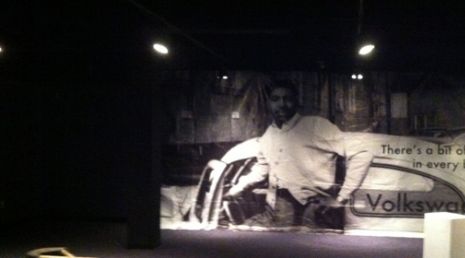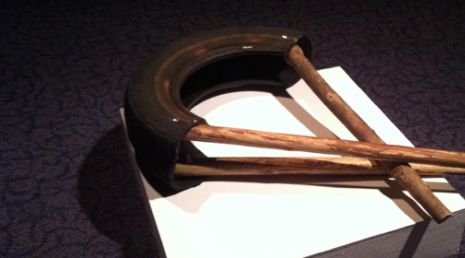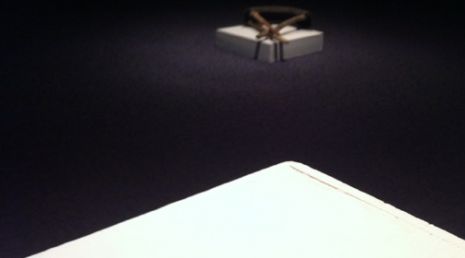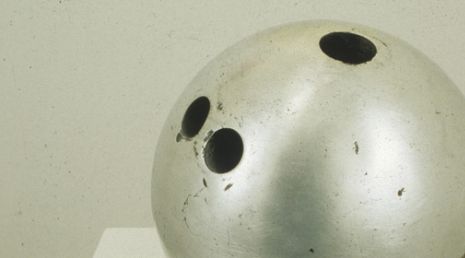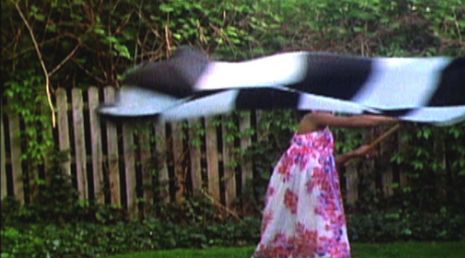About Kevin Everson
Whether he’s working in sculpture, installation, single channel video or 16mm film, Kevin Everson’s focus is at once aesthetic and political. With the subject often labor itself, and the gestures or tasks in the lives of working class African Americans, Everson favors a strategy that interrupts the documentary impulse, abstracting everyday actions and statements into theatrical gestures. Archival footage is re-edited or re-staged, real people perform re-enactments and fictional scenarios based on their own lives, and historical observations intermesh with contemporary narratives. The work plays with the ambivalent relationship between art and narrative, fact and fiction.
In more than 70 shorts and 5 feature length films, Everson has investigated Renaissance painters and factory workers, black beauty pageants, a blind 18th century beekeeper and fortune, good and bad. Drawing from photographs and found footage, commercials, home movies, news casts and Hollywood cinema, his films suggest the relentlessness of everyday life, along with its beauty, and present work as an aesthetic expression, and the true labor of art-making.
While Everson describes some experiences and cultural artifacts that have resonated for him – Caravaggio, Richard Pryor, Ellsworth Kelly, Lorraine Hansberry’s “Raisin in the Sun,” the formal athleticism of Garry Winogrand, a lovely chorus in soul music, and his mother’s homemade lemon ice cream – what has influenced him most are his family stories of the real world, “how people live and breathe and stuff. I like folks that work hard.”
Kevin Everson (KE) and curator/critic Ed Halter (EH) talked together in March 2012
I studied at the University of Akron, and Ohio University. Akron University was more influential because of professors like Don Harvey, Michael Loderstadt, Rob Huff, Penny Rakoff and Andrew Borowiek They were all in their late 20’s/early 30’s when I started there, and a lot of them were influenced by that Iowa school in the ‘70’s.You know, where Charles Ray and those guys studied. [note: University of Iowa, School of Art and Art History] The work was all about materials, process, and procedure. The work, for me, has to exhibit its materials, process, and procedure. I still do this now.
That’s why materials are very important to me, and when I’m casting this bell for a film I’m working on now, it’s all about the bronze; it’s about the language of the bronze, the sound of the bronze? I did the model out of wax. I make sure there are fingerprints and some smudges and some gestures on it, so there is no mystery. I don’t like mystery. An object needs to exhibit that it was made by an artist, so it is an art object. That’s my kind of strategy.
Yeah, yeah, it’s the same. For me, it’s no different from sculpture. It’s never been any different, especially with the found materials in sculpture and the found films. It was always the same discipline, the same approach, so to speak.
Photo was always first. Then print making. I started painting in grad school.
Yeah. For some reason I didn’t paint ‘til grad school
I did some films as an undergraduate. I shot Super-8…In fact, actually, you remember several years ago at Light Industry you had a show about filmmaker’s first films?
Yeah, yeah! I actually found my first film, “Little Blocks,” with Michael Loderstadt a professor I had. I shot it with Super-8 Sound and it’s at the lab getting transferred now, actually.
We were interviewing these guys, these brothers in the flophouse in Akron, Ohio.
Eight… Eighty-six? Eighty-seven?


